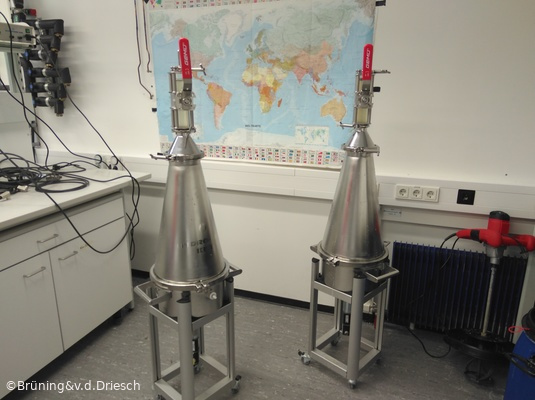Machine Learning to classify microplastic particles

Photo of two sediment separators taken by Sarah Brüning
What is it about?
Microplastic particles in the environment are an ever-growing concern in public and science. It is suspected not only to pose threats to wildlife but also concerns for human health have been raised. Scientists and especially decision-makers depend on the availability of precise and timely information on the where and when’s of microplastic in the environment. However, the process of spectral identification of particles remains a cost-intensive process requiring humans to invest time and effort into the correct identification of spectra. Modern machine learning techniques have the potential to decrease the necessity of human intervention in the classification process and thus significantly speed up the complete process from taking environmental samples to communicate the results to the public.
What it can do!
Based on a freely available reference data base published by Primpke and colleagues I developed a decision fusion algorithm based on two Random Forest models and two Convolutional Neural Networks which together can robustly identify polymers based on FTIR-spectral data. The complete workflow is reproducible and adjustable and consists of the following stages: preparation of a reference data base, exploration of machine learning models and pre-processing techniques, calibration of the final decision fusion algorithm, and classification of real-world spectral samples. The algorithm was written in R and the code is available on a GitHub repository. Additionally, there is a workflowr website communicating the structure of the algorithm and the results based on the mentioned OpenSource data base.
Here you can explore the spectral reference data base based on selected polymers and other materials commonly found in environmental samples. Simply choose a class you wish to display and explore its spectral characteristics.